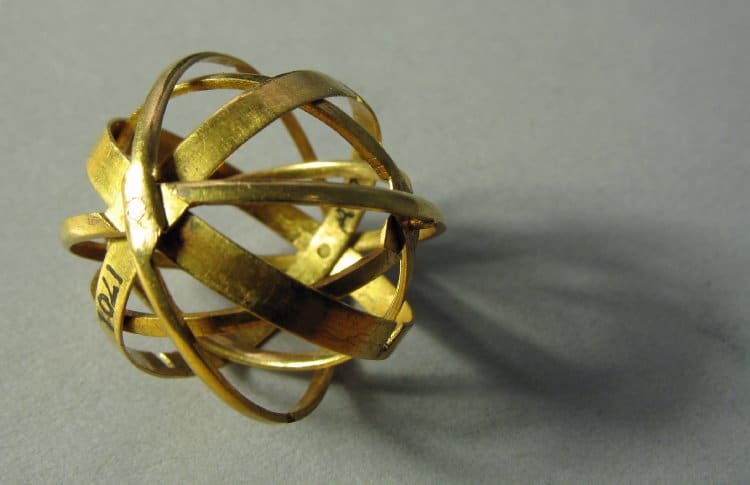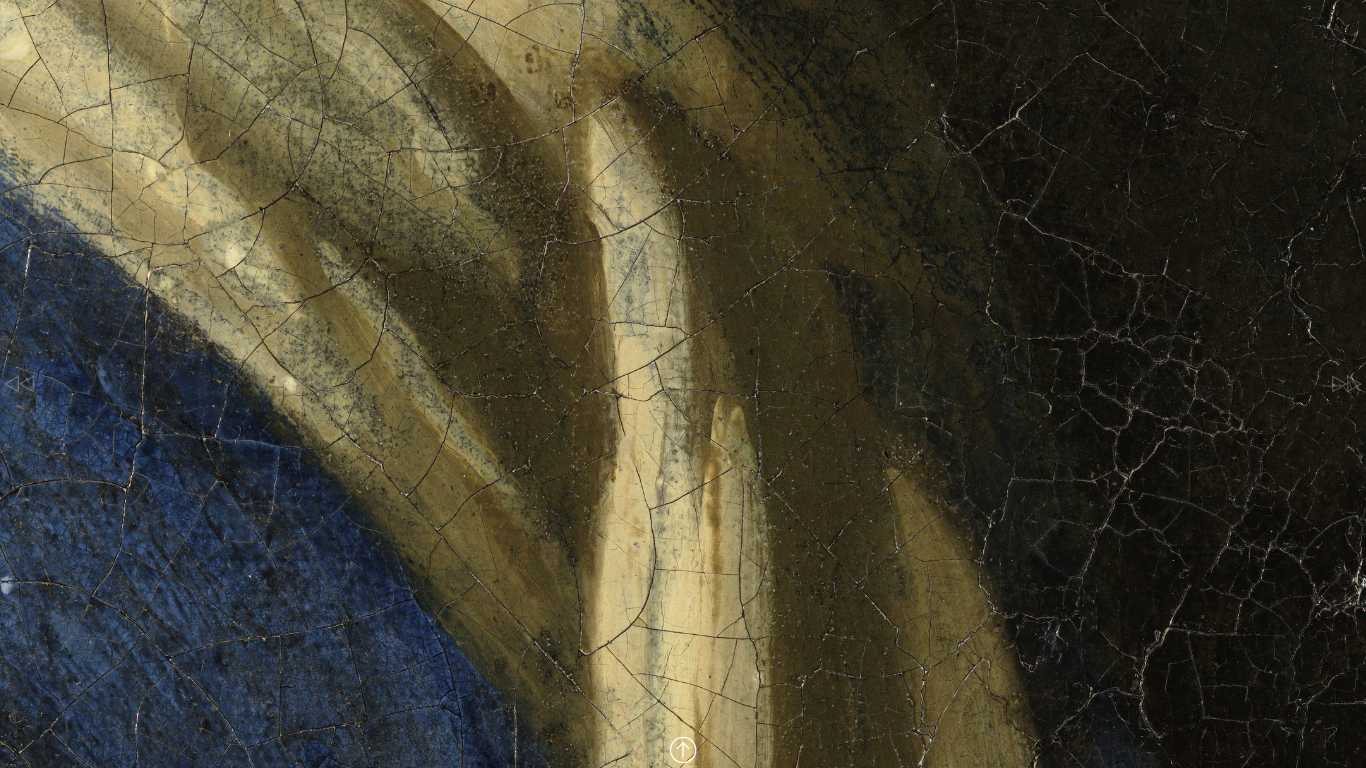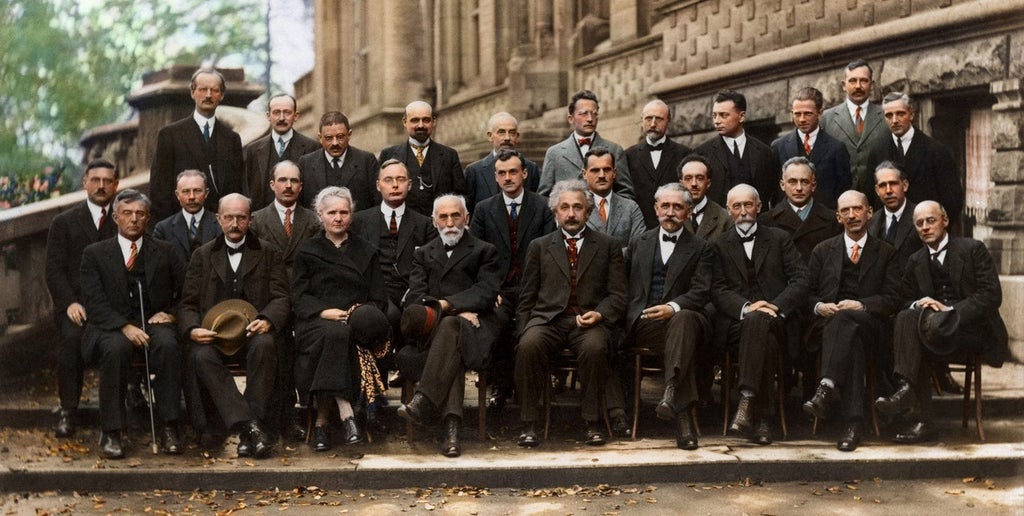If you want to understand theoretical physics these days—as much as is possible without years of specialized study—there are no shortage of places to turn on the internet. Of course, this was not the case in the early 1960s when Richard Feynman gave his famous series of lectures at Caltech. In published form, these lectures became the most popular book on physics ever written. Feynman’s subsequent autobiographical essays and accessible public appearances further solidified his reputation as the foremost popular communicator of physics, “a fun-loving, charismatic practical joker,” writes Mette Ilene Holmnis at Quanta magazine, even if “his performative sexism looks very different to modern eyes.”
Feynman’s genius went beyond that of “ordinary geniuses,” his mentor, Hans Bethe, director of the Manhattan Project, exclaimed: “Feynman was a magician.” That may be so, but he was never above revealing how he learned his tricks, such that anyone could use his methods, whether or not they could achieve his spectacular results. Feynman didn’t only teach his students, and his millions of readers, about physics; he also taught them how to teach themselves. The so-called “Feynman technique” for effective studying ensures that students don’t just parrot knowledge, but that they can “identify any gaps” in their understanding, he emphasized, and bolster weak points where they “can’t explain an idea simply.”
Years before he became the foremost public communicator of science, Feynman performed the same service for his colleagues. “With physicists in the late 1940s struggling to reformulate a relativistic quantum theory describing the interactions of electrically charged particles,” Holmnis writes, “Feynman conjured up some Nobel Prize-winning magic. He introduced a visual method to simplify the seemingly impossible calculations needed to describe basic particle interactions.” The video above, animated by Holmnis, shows just how simple it was—just a few lines, squiggles, circles, and arrows.
Holmnis quotes Feynman biographer James Gleick’s description: Feynman “took the half-made conceptions of waves and particles in the 1940s and shaped them into tools that ordinary physicists could use and understand.” Feynman Diagrams helped make sense of quantum electrodynamics, a theory that “attempted to calculate the probability of all possible outcomes of particle interactions,” the video explains. Among the theory’s problems was the writing of “equations meant keeping track of all interactions, including virtual ones, a grueling, hopeless exercise for even the most organized and patient physicist.”
Using his touch for the relatable, Feynman drew his first diagrams in 1948. They remain, wrote Nobel Prize-winning physicist Frank Wilczek, “a treasured asset in physics because they often provide good approximations to reality. They help us bring our powers of visual imagination to bear on worlds we can’t actually see.” Learn more about Feynman Diagrams in the video above and at Holmnis’ article in Quanta here.
Related Content:
The “Feynman Technique” for Studying Effectively: An Animated Primer
What Made Richard Feynman One of the Most Admired Educators in the World
Josh Jones is a writer and musician based in Durham, NC. Follow him at @jdmagness












